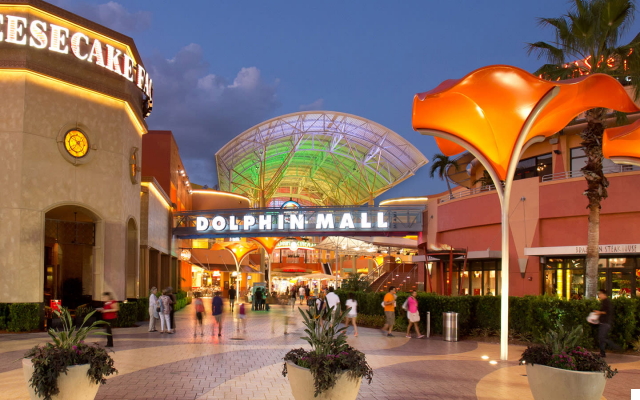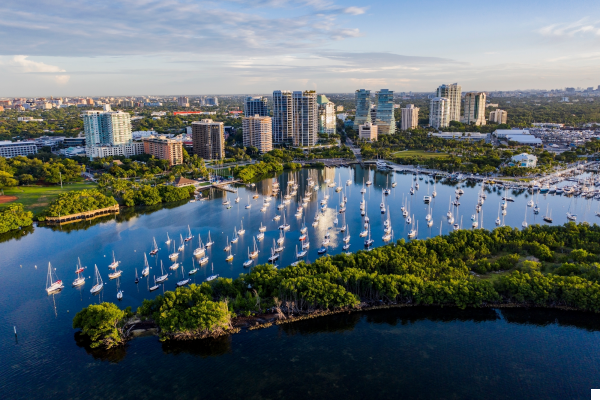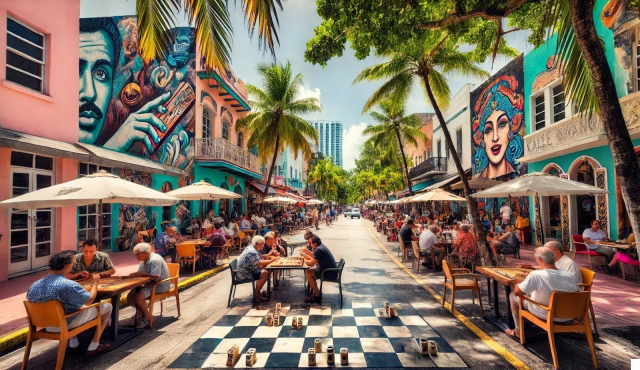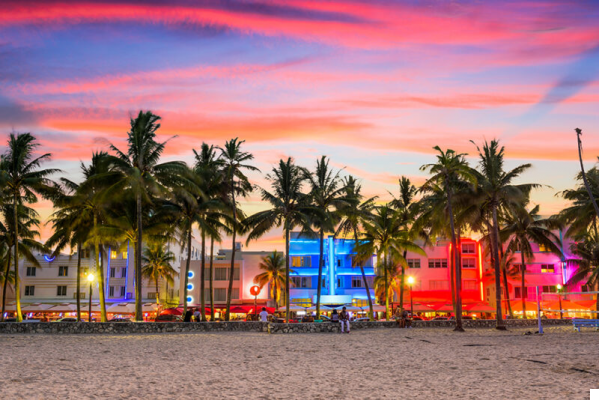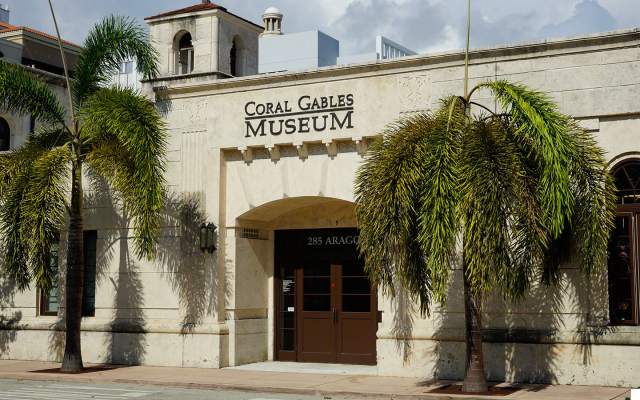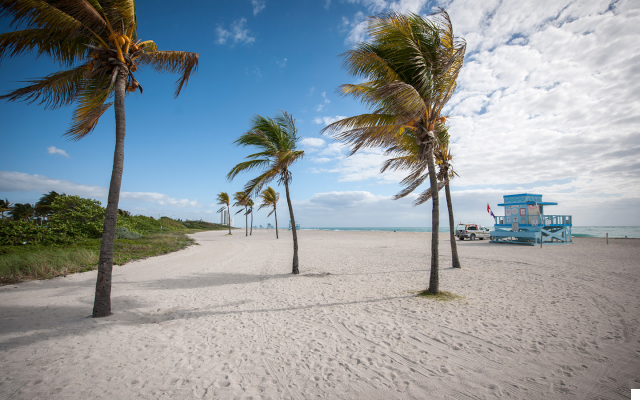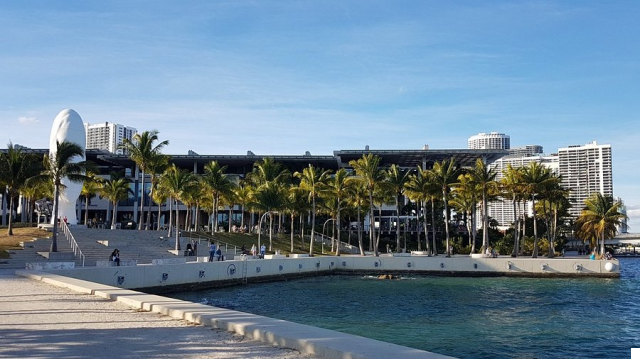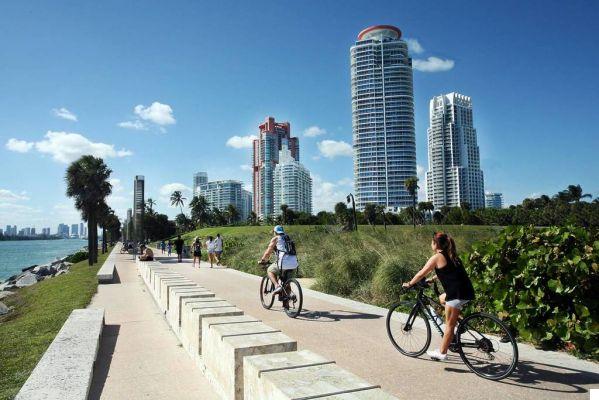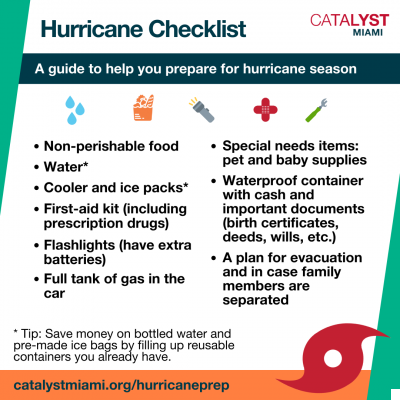
How to Prepare for Hurricane Season in Miami
Living in Florida offers many benefits and advantages, but it is crucial to thoroughly prepare for the 2023 Atlantic Hurricane Season, which begins on June 1. After assessing the damages caused by hurricanes in the past few years, it is strongly advised that Floridians have essential supplies such as food, water, medicine, batteries, and more. Each family and business should be adequately stocked and prepared to face this hurricane season.
Over the past three years, Florida has experienced the landfall of four hurricanes, including Hurricane Michael, which was the first Category 5 hurricane to make landfall in the U.S. since Hurricane Andrew in 1992. These recent events highlight the importance of being well-prepared for any disaster. If you are unsure of what to do when a disaster strikes, it is crucial to make a plan today.
For business owners who want to ensure the continuity of their operations after a disaster, it is recommended to visit floridadisaster.org/business/planning-for-businesses/ to start planning. This resource provides valuable information and guidance for businesses to effectively prepare for hurricanes and other disasters.
For comprehensive disaster planning and preparedness tips, you can visit www.ready.gov/. This website offers a wealth of information to help individuals and families create a solid plan and gather the necessary supplies to stay safe during hurricane season and other emergencies.
Historical Context and Evolution
Hurricane season in Miami has a long history of devastating storms. Over the years, Miami has faced numerous hurricanes, some of which have caused significant damage and loss of life. The city has learned from these experiences and has continuously improved its preparedness measures.
One of the most notable hurricanes in Miami's history is Hurricane Andrew, which struck in 1992. This Category 5 hurricane caused widespread destruction, resulting in billions of dollars in damages and numerous fatalities. The impact of Hurricane Andrew prompted significant changes in building codes and emergency response protocols in Miami and across Florida.
Since Hurricane Andrew, Miami has implemented stricter building codes and regulations to ensure that structures can withstand the strong winds and storm surge associated with hurricanes. The city has also improved its evacuation plans and emergency response capabilities to better protect its residents.
Despite these advancements, it is crucial for individuals and businesses in Miami to stay vigilant and prepared for hurricane season. The threat of hurricanes remains a constant reality, and being proactive in preparedness can save lives and minimize damages.
Analytical Insights
Examining the data from past hurricane seasons in Miami provides valuable insights into the frequency and intensity of these storms. The following table summarizes the number of hurricanes that made landfall in Miami over the past decade:
| Year | Number of Hurricanes |
|---|---|
| 2013 | 2 |
| 2014 | 3 |
| 2015 | 1 |
| 2016 | 4 |
| 2017 | 3 |
| 2018 | 2 |
| 2019 | 1 |
| 2020 | 3 |
| 2021 | 2 |
| 2022 | 4 |
From the data, it is evident that the number of hurricanes making landfall in Miami can vary from year to year. However, it is crucial to note that even a single hurricane can cause significant damage and disruption. Therefore, it is essential to be prepared regardless of the predicted number of hurricanes in a given season.
Furthermore, analyzing the intensity of hurricanes that have impacted Miami provides valuable insights into the potential risks. The following table summarizes the categories of hurricanes that made landfall in Miami over the past decade:
| Year | Category |
|---|---|
| 2013 | Category 1 |
| 2014 | Category 2 |
| 2015 | Category 3 |
| 2016 | Category 4 |
| 2017 | Category 1 |
| 2018 | Category 2 |
| 2019 | Category 1 |
| 2020 | Category 3 |
| 2021 | Category 2 |
| 2022 | Category 4 |
The data reveals that hurricanes of various categories have impacted Miami in recent years. This highlights the importance of being prepared for hurricanes of different intensities, as even a Category 1 hurricane can cause significant damage and disruption.
Future Outlook
Looking ahead, it is crucial for Miami residents and businesses to continue prioritizing hurricane preparedness. Climate change and other factors may contribute to the increased frequency and intensity of hurricanes in the future. Therefore, it is essential to stay informed about the latest developments in hurricane forecasting and preparedness strategies.
Additionally, advancements in technology and emergency response capabilities will continue to enhance Miami's ability to mitigate the impacts of hurricanes. It is crucial for individuals and businesses to stay updated on these advancements and incorporate them into their preparedness plans.
By taking proactive measures and staying prepared, Miami can effectively navigate the challenges posed by hurricane season and ensure the safety and well-being of its residents.




